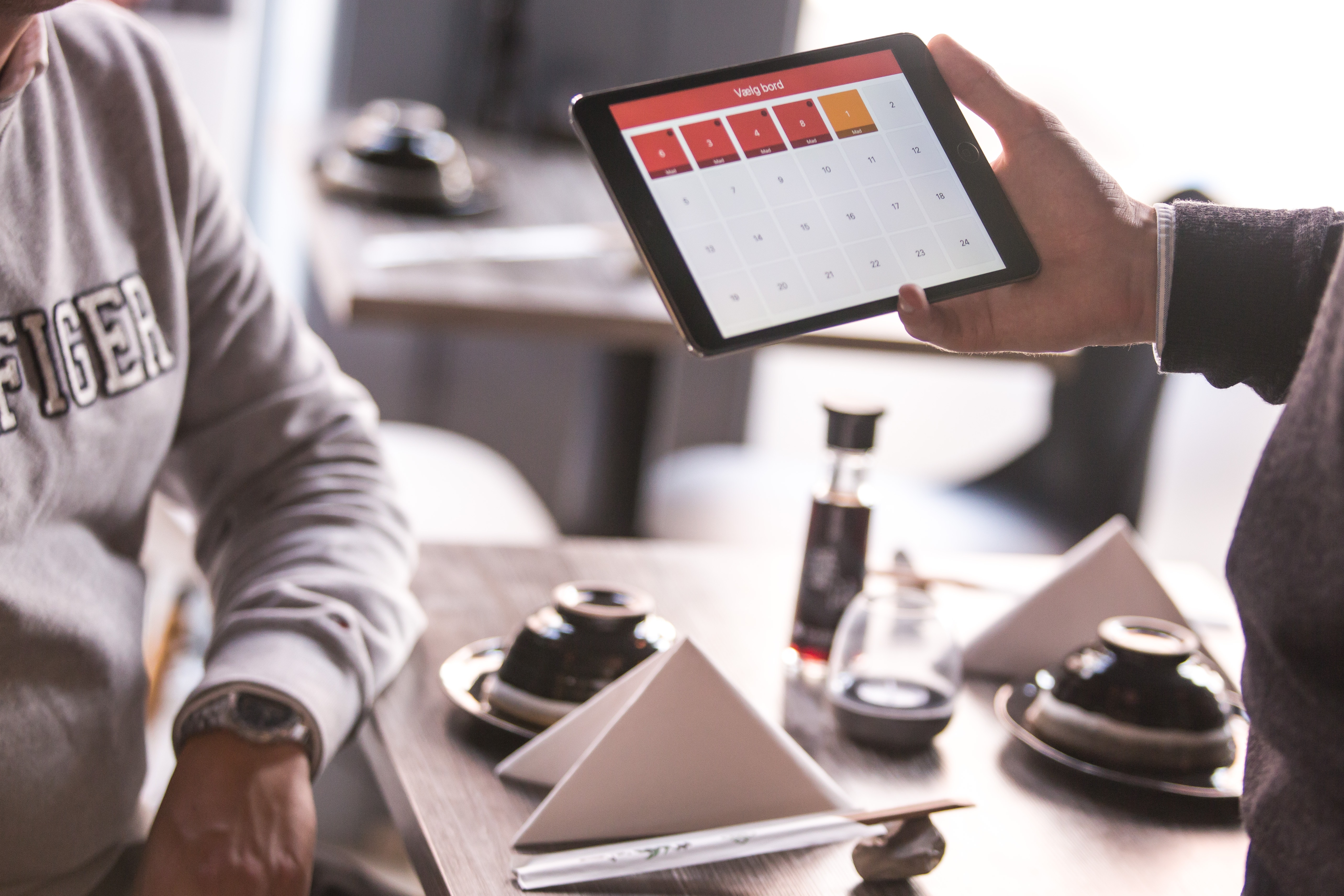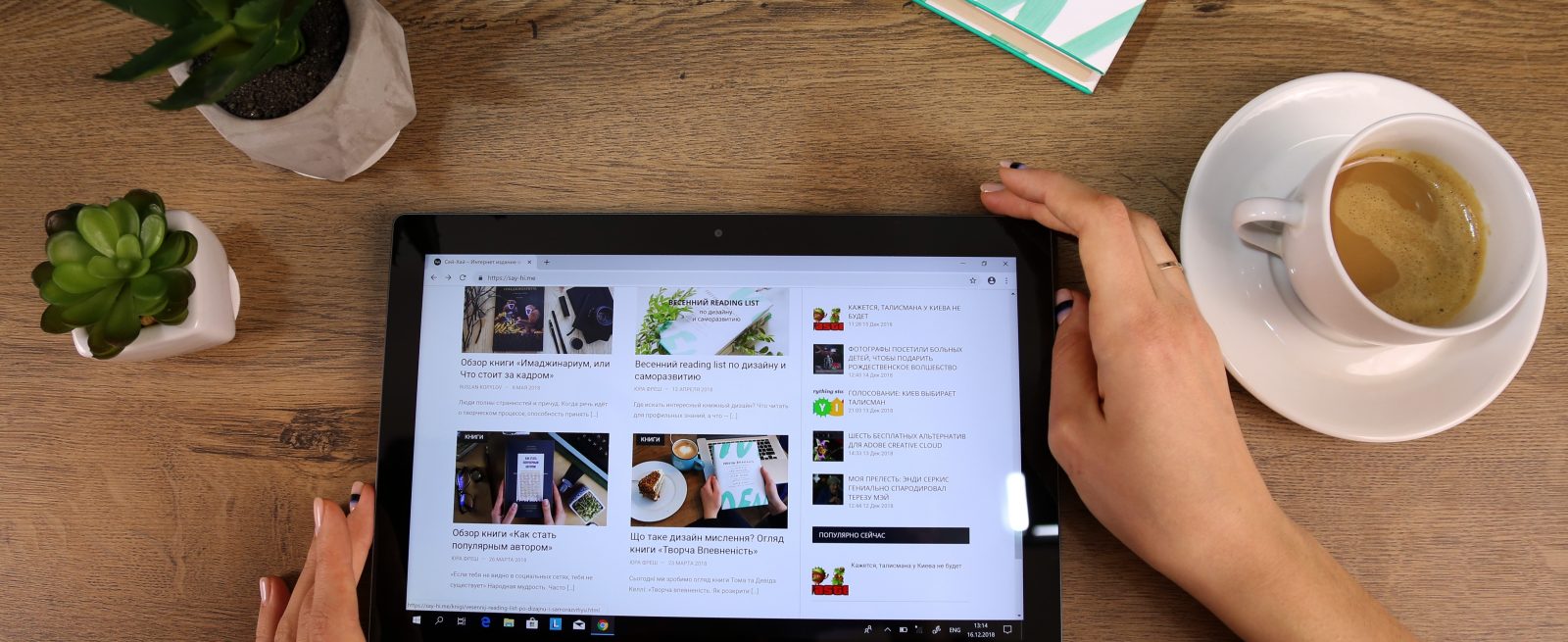Six Ways Tablets Changed the Dining Experience
4 Min Read By Lottie Hodson
Technology is consistently restructuring our environment and the way we interact with spaces. Some of these changes are so seamless we don’t even notice that they’ve happened. No exception to the evolving world, the dining experience continues to rework its processes to adapt to new technologies.
Fine restaurants are not just about the food. An average meal can become an incredible experience if plated within a perfectly accompanying atmosphere. On the flip side, bad service can sour even a Michelin-star quality meal. For these reasons, both front of house and back of house experts are always looking to improve the service they provide. Tablets have found a niche within this area in a way not many other tech trends have.
Six Ways Dining Out Has Improved with Tablets
-
More Inclusive
Our lives, society, and communication has vastly changed in the last 20 years, let alone the last 50. Increasingly, the online world filters into the physical one and this is made possible through gadgets such as laptops, phones and tablets. Often these are preferred – especially by the younger generations – as methods of communication. This also applies to people who have difficulty communicating, whether that be through a disability or social anxiety, offering up a new way to express themselves.
Utilising tablets effectively, customers are able to order their meals and drinks in a way that doesn’t make them feel awkward or under pressure. They can select their choice with no judging eyes, and calmly have it delivered to their table or collect it from a counter.
2. Make It Personal
Apps installed onto tablets mean with only a small amount of data, recommendations can be visible to customers with the touch of a finger. Personalisation and customisation become available to diners in a way that hasn’t been possible previously.
A diner can create bespoke menus based on dietary requirements. Whether a person has an allergy to certain ingredients, they are vegan, vegetarian or gluten free, the menu can adapt itself to show suitable meals personal to each customer.

Some more sophisticated models can gather enough data from a single customer after a few visits, that it can begin offering up favourites and suggesting similar dishes they might like to try. Personalised menus make customers feel special and that’s a great start to the evening.
3. Up-to-Date Menus
Paying attention to the details is key in this business. With tablets, you can avoid small annoyances like food and drink stains on menus, making them difficult to read. You won’t have to keep printing fresh menus and buying covers for them. Strike-throughs, hand edits, and cover-over tapes are gone forever.
Beyond this, live up-to-date stock counts can tell readers exactly when a dish has been sold out, or if it’s not available any more. Anything else is second choice once you’ve had your first order declined – risking the chance of a customer leaving disappointed in their final plate and dreaming of the dish that could have been.
This level of feedback runs both ways, the customer can also delete items on ‘their’ menu, for instance nuts or meals containing lactose. Notes like ‘extra olives on the pizza’ and ‘please serve the sauce on the side’ can be clearly communicated back to the kitchen.
4. Minimize Long Waits and Entertain
Three things likely to spoil an otherwise exceptional meal include:
- An over-enthusiastic waiter pestering you for your order
- Being ignored for ages after asking for a few minutes to decide
- Waiting a long time for the bill to arrive and to pay for a meal
Tablets located on the table with a point of sale system make paying the bill and leaving the restaurant more streamlined. A miracle for people who have been eating with bad company and can’t wait to get out of there – or just those in a hurry.
Tablets provides a unique opportunity for restaurants to interact with their clientele. Games, bespoke information packages and videos are all used to provide an added depth to the experience. A tablet with an interactive game installed can be invaluable when trying to keep your children at the table and out of trouble.
5. Minimize Human Error
A customer can order the wrong thing in a moment of absentmindedness or not quite grasp what a waitron is saying. An error in the kitchen can produce a meal which is not what they ordered. These errors happen in the best-regulated restaurants, a customer-driven restaurant menu on an ordering tablet helps eliminate these misunderstandings.

Moreover, a well-managed tablet contains nutritional information and advice on allergens for particular dishes. This is not just good service but can reduce risk to people with allergies. A tablet’s memory can become an effective witness in a disagreement if the wrong plate does ever end up on the table.
6. Get the Kitchen Cooking
Kitchen staff no longer struggle to read hastily scribbled notes, while trying to figure out which order to prepare next. An integrated system could generate a bill of materials for each order and update the raw material planning system on the fly.
This information can feed into the menu system and enable automatic removal of menu items that are temporarily out of stock. It could also go as far as suggesting special offers on items that are moving slowly.
None of this would be possible without restaurant tablet menus. An integrated system like this takes a great deal of stress out of the kitchen, and this shines through in the quality of food by a happy chef.
The future of dining is an exciting prospect, the growth that has taken place over recent years is only looking to continue further. Tablets have been one of the key developments in recent years, but that is only the tip of the iceberg.


